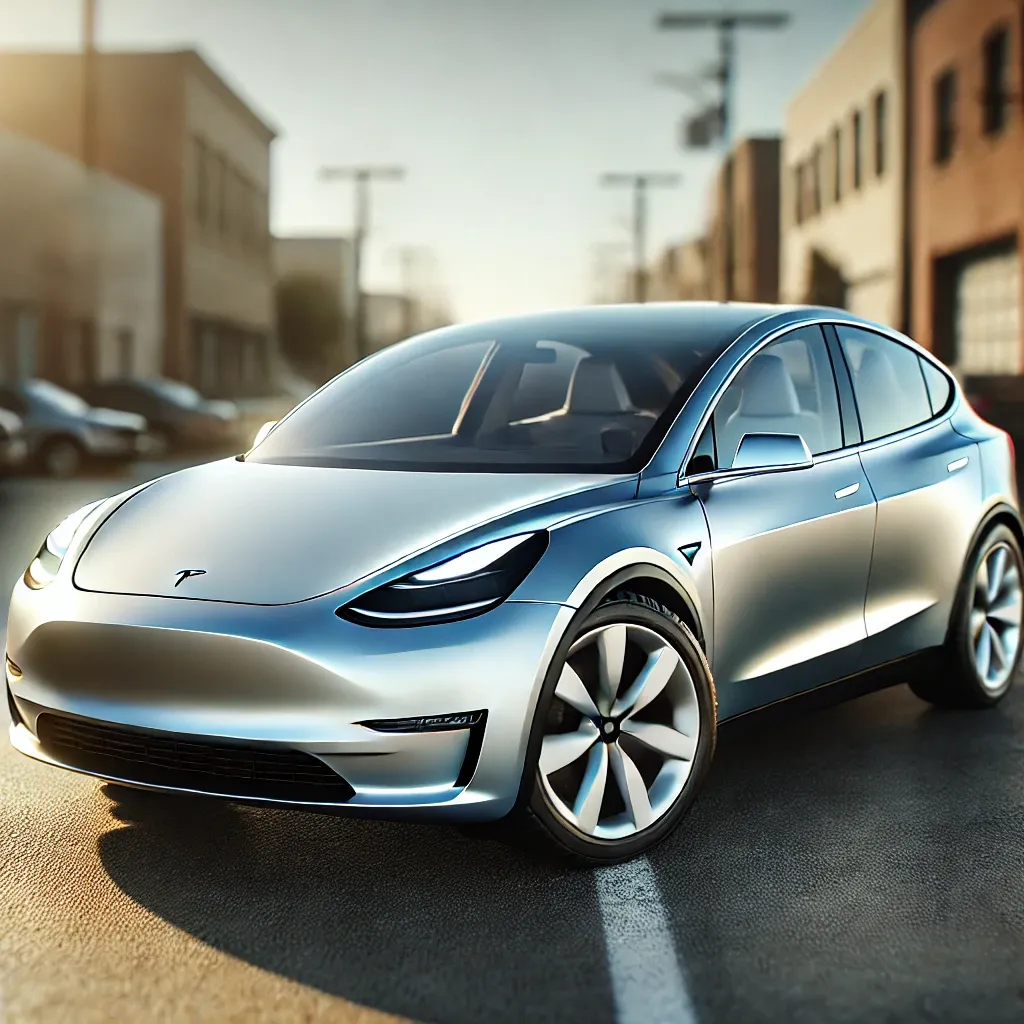How does the Tesla Model Y continue to innovate beyond expectations? Why is it gaining attention with the new Quicksilver design and advanced battery technology? In this article, we’ll explore three key elements shaping the Tesla Model Y’s future success and the tangible benefits these developments offer to potential buyers and electric vehicle enthusiasts alike.
Tesla Model Y Battery Pack: Key Features for Efficiency and Range
The Tesla Model Y utilizes cutting-edge battery packs to deliver both performance and extended range. Tesla employs multiple battery configurations, which vary by region and model year, offering buyers tailored energy solutions.This SUV initially featured Tesla’s 2170 lithium-ion cells, which contributed to its significant driving range and quick acceleration. However, Tesla has increasingly introduced Lithium Iron Phosphate (LFP) batteries, especially for standard-range models, reflecting a shift toward sustainability and cost efficiency. LFP cells are less energy-dense but highly durable, giving the Model Y a longer lifespan and safer chemical stability.
- Battery Sizes: Standard-range models utilize batteries with 50-60 kWh, while Long-Range variants exceed 75 kWh.
- Charging Speed: Supercharging rates are capped at 250 kW, allowing users to replenish up to 80% capacity in 25 minutes.
- Estimated Range: Standard versions offer 260-300 miles per charge, while Long-Range models exceed 330 miles.
- Efficiency Ratings: The Model Y achieves 4.1 miles per kWh, making it a leader in efficiency within the electric SUV segment.
- Battery Lifespan: LFP batteries can handle 4,000+ charge cycles, providing peace of mind for owners.
Tesla’s battery choices highlight the balance between range, sustainability, and cost. This versatility enables buyers to select a Model Y that fits their driving patterns and budget. The integration of LFP technology signifies Tesla’s commitment to accessible EV ownership by reducing reliance on scarce materials like cobalt.
Tesla Model Y Facelift: Enhanced Aesthetics and Performance
In 2023, Tesla unveiled the Model Y facelift, often referred to as Project Juniper, introducing a series of design tweaks to keep the vehicle at the forefront of innovation. Beyond cosmetic changes, Tesla optimized the car’s aerodynamics and driving experience, making it even more appealing for a wider audience.The exterior updates include a sleeker front bumper, reworked headlights, and the introduction of the Quicksilver color, which adds a premium feel to the vehicle’s aesthetics. Tesla also improved the car’s interior by enhancing its materials and adding advanced driver assistance features.
- Quicksilver Option: An exclusive color choice for European markets, offering a metallic sheen that reflects light beautifully.
- Redesigned Wheels: Aerodynamic alloys designed for improved efficiency and reduced drag.
- Enhanced Sound Insulation: New materials ensure quieter rides, even on highways.
- New Infotainment System: A larger display and more responsive interface keep the tech-forward experience fresh.
- Comfort Upgrades: Additional cushioning in seats for better long-distance comfort.
Tesla’s continuous improvement efforts emphasize the brand’s mission of making the Model Y an evolving product that remains relevant and desirable for years to come.
Tesla Model Y 2025: What the Future Holds for Buyers
What should we expect from the Model Y by 2025? Tesla’s focus on battery innovation, autonomous driving, and improved manufacturing efficiency suggests that exciting changes are on the horizon. With rumors of advanced battery packs under development and an emphasis on sustainability, future iterations of the Model Y promise even more benefits.Tesla plans to extend its Full Self-Driving (FSD) capabilities, bringing the dream of fully autonomous cars closer to reality. Additionally, new battery chemistries could result in longer ranges and faster charging times. The continued push for efficiency will reduce production costs, potentially lowering the Model Y’s price for future consumers.
- New Battery Chemistry: Innovations such as manganese-based cells could increase range and reduce material costs.
- FSD Expansion: A more refined self-driving experience will make commuting easier and safer.
- Manufacturing Advances: Use of Gigapresses to streamline production, reducing the vehicle’s overall carbon footprint.
- Energy Efficiency: Further improvements could result in ranges exceeding 400 miles.
- Price Adjustments: Potential price drops due to Tesla’s scaled production, making EVs more affordable.
The Tesla Model Y’s future looks bright, with improvements focusing on range, affordability, and self-driving technologies. Tesla’s commitment to making electric vehicles both accessible and desirable underscores the brand’s long-term vision for sustainable mobility.
Conclusion
The Tesla Model Y continues to evolve, integrating improved battery technology, thoughtful design updates, and forward-thinking innovations. From the efficient LFP battery packs to the stylish Quicksilver facelift and exciting plans for 2025, Tesla delivers a product that grows with its users’ needs.As Henry Ford once said, “The only real mistake is the one from which we learn nothing.” Tesla’s approach embodies this spirit of constant refinement. Whether you’re considering a Model Y today or waiting for future updates, one thing is certain—the Tesla Model Y is shaping the future of electric mobility with purpose and precision.






